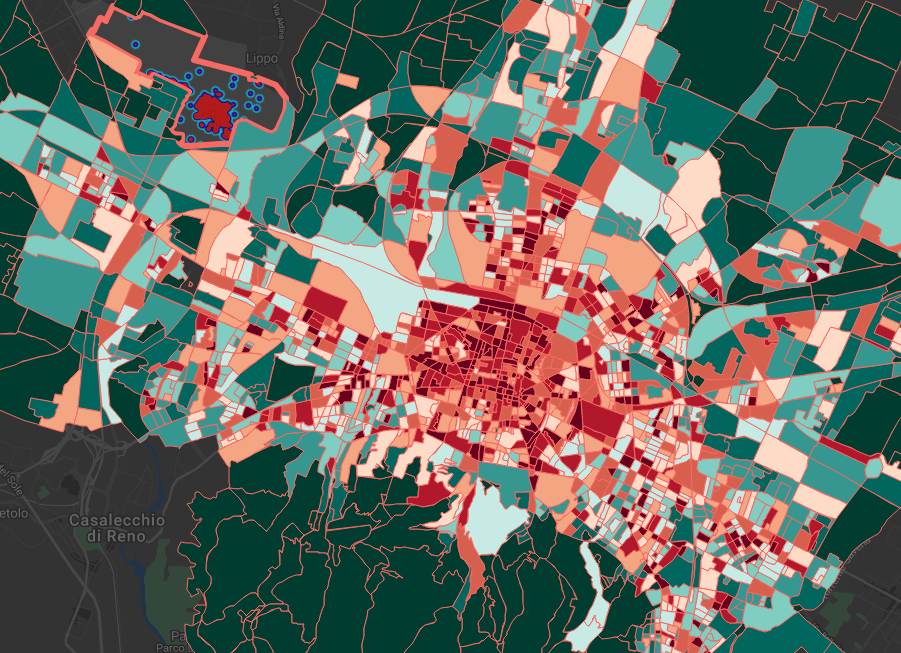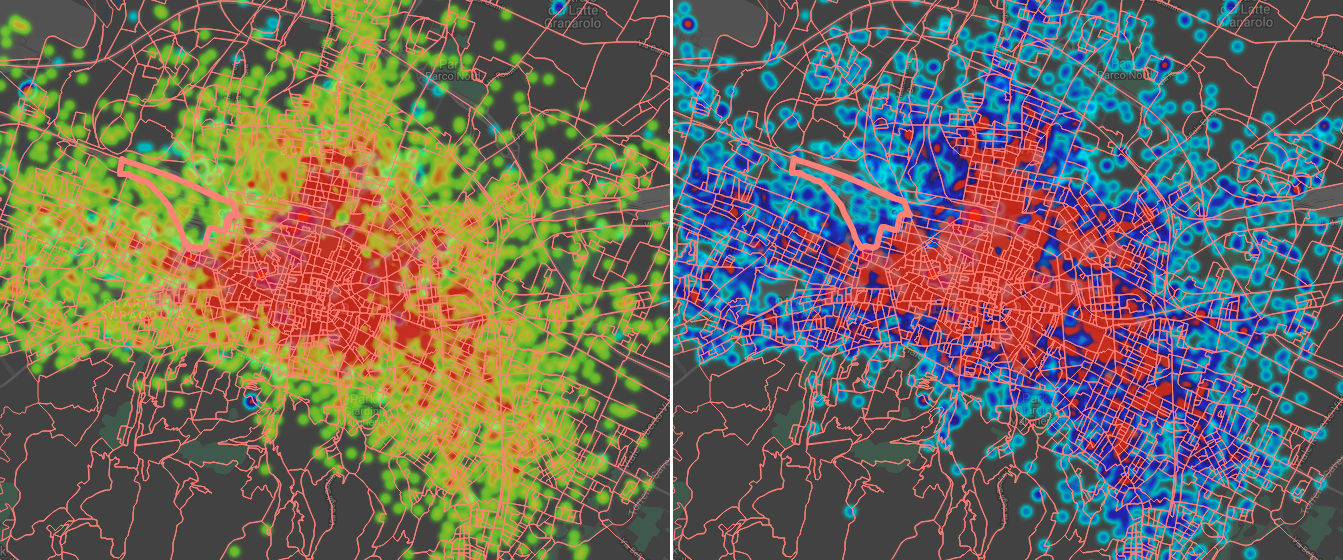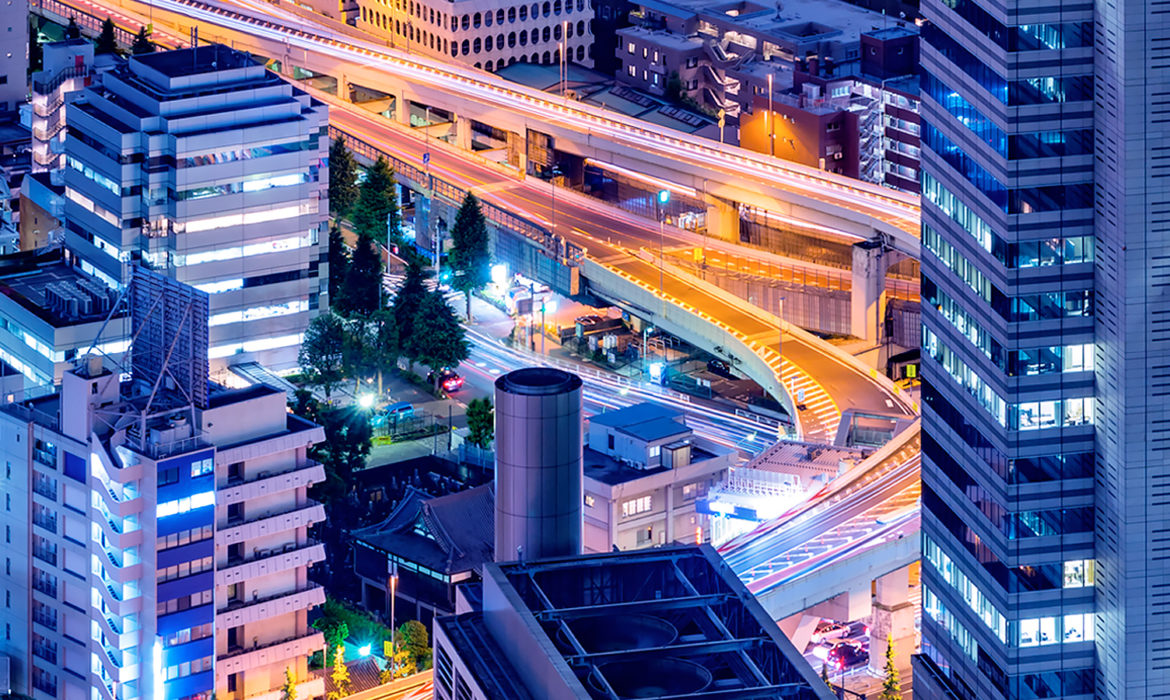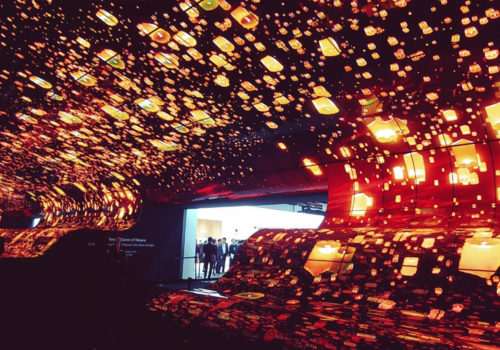Sensor and video-surveillance systems transform the city on the basis of traffic, population density and the regeneration of areas and services
(Re)design the city by (re)organizing spaces and traffic circulation, focusing on innovative services for citizens, relying on new-generation sensors, advanced video-surveillance and environmental monitoring tools, on the geo-localization of smartphones and “connected” vehicles. This is the new challenge taken up by Enel X, the division of the Enel group dedicated to the development of innovative products and digital solutions for the city, housing, industry and electric mobility.
Enel X’s “Digital City“, an evolution of the smart city, is a “resilient” city: no longer are citizens asked to adapt to the spaces, it is the city that changes its configuration based on new needs, with transformations that take into account parameters such as traffic, population density in the various neighbourhoods and the regeneration of areas and services.
 Bologna and Pomezia are the two cities that have been conducting this experiment in recent months, with projects that focus more specifically on managing security lighting: «By monitoring parameters such as traffic and population density in certain time slots, we are able to adjust street lighting to guarantee optimal intensity on the basis of need, avoiding waste to save on the city’s electrical costs» explained Luca Mastrantonio, director of Enel X’s Project Management Innovation and Product Lab, to Pantografo Magazine. The new street lamps, which are in fact smart lighting systems, are equipped with monitoring sensors and video-cameras connected by wi-fi; they allow optimal management of the city’s security and collect the information required to monitor the environment.
Bologna and Pomezia are the two cities that have been conducting this experiment in recent months, with projects that focus more specifically on managing security lighting: «By monitoring parameters such as traffic and population density in certain time slots, we are able to adjust street lighting to guarantee optimal intensity on the basis of need, avoiding waste to save on the city’s electrical costs» explained Luca Mastrantonio, director of Enel X’s Project Management Innovation and Product Lab, to Pantografo Magazine. The new street lamps, which are in fact smart lighting systems, are equipped with monitoring sensors and video-cameras connected by wi-fi; they allow optimal management of the city’s security and collect the information required to monitor the environment.
The data “captured” from moving vehicles equipped with geo-localization systems, or from smartphones and tablets, plays a key role.
The data, collected anonymously, makes it possible to create urban maps in real time, and to verify traffic congestion caused by rush hour, construction sites and roadwork.

This, explains the Enel X manager, allows «the public administration to have a clear picture of what happens in the city and to intervene, changing traffic patterns in specific areas and in standing areas, promptly informing the population, for example, on variable-message panels located along the main circulation routes, that make it possible to reduce traffic by improving the management of public transportation, and citizens’ lives more in general.»
The analysis of big data makes it possible to simulate scenarios for “future-proof” city planning.
All the collected data and information converge onto the “Enel X Platform”, an “open” digital platform, modular, simple and integrated, that can not only collect individual data from different places and situations, but also integrate and elaborate this data by transforming it into information that can be used for urban planning and interaction, thanks to artificial intelligence algorithms. To support public administrations in the challenge of “digital and energy transformation”, Enel X has begun a programme that includes projects to increase energy efficiency and normative compliance at no cost, and to significantly reduce operating costs starting in the first year.
Cover photo: Digital City, © Enel X
© ALL RIGHTS RESERVED
translation by Olga Barmine






